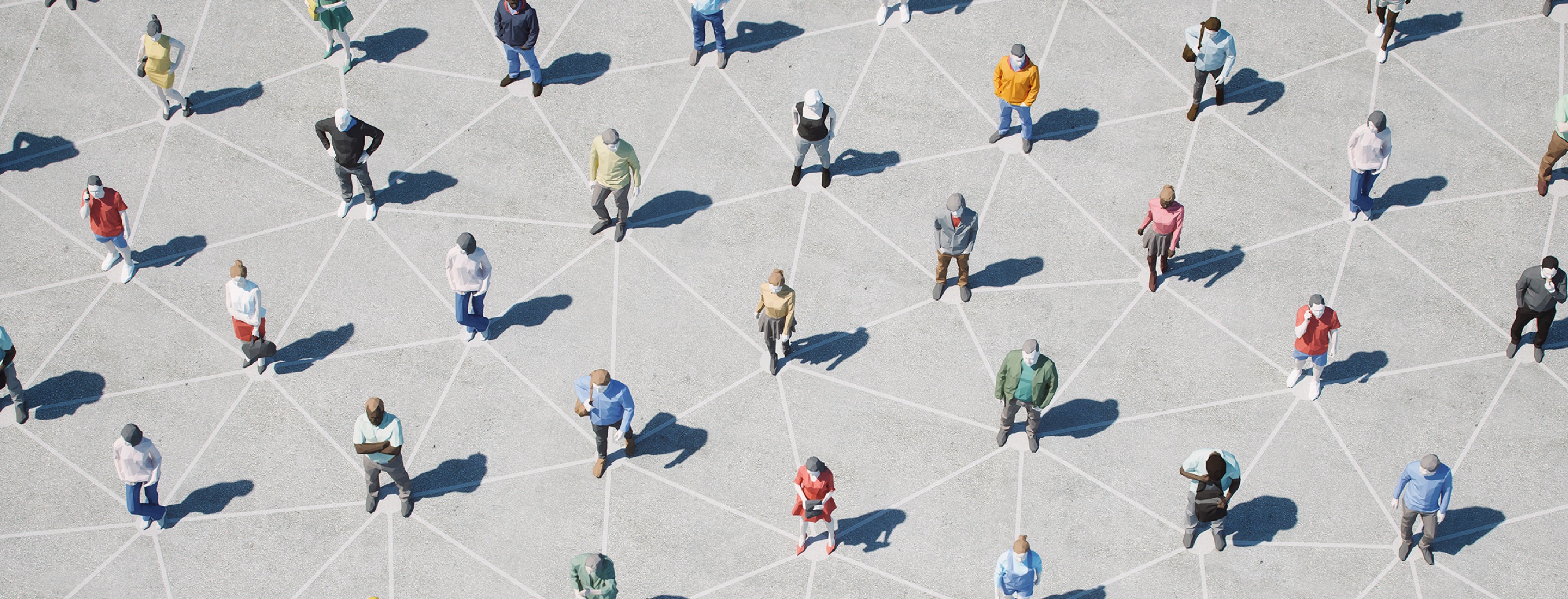What issue can we solve for you?
Type in your prompt above or try one of these suggestions
Suggested Prompt



Australia's Great Digital Reset
Australia's Great Digital Reset
A renewed look at global relations, economic direction and care for individuals, society and the planet through a digital lens
It’s time to turn attention to the Great Reset, a term recently coined by the World Economic Forum. It refers to the extraordinary challenge and the window of opportunity that lies ahead in a world reshaped by COVID-19 to chart a future of global relations, economic direction and care for individuals, society and the planet.
Australia has fared better than most nations in terms of low numbers of deaths and size of economic shock, according to OECD data on COVID-19 impact. However, after a 29-year run of economic growth, Australia is officially in recession, and like the rest of the world, Australia is at the crossroads of its own Great Reset. The country must deliver health and human services on an unprecedented scale while rebuilding the economy.
Australia can access a powerful set of tools to rebuild in faster, smarter and greener ways. These tools are design, digital and data. They can bring new insights and new ideas for solving intractable problems like poverty, drug addiction, domestic violence and closing the gap between indigenous and non-indigenous Australians.
Design
In recent years, human-centred design (HCD) has moved from a niche concept to an essential capability. By designing empathy into the center of products and services, individuals can maximize their rights to privacy and agency through international regulations like the Global Data Protection Regulation (GDPR) and Consumer Data Rights (CDR).
However, it’s time for the next evolution in HCD: Society-centred design (SCD). SCD sees design progress from the individual experience and individual rights to designing for society – where more ambitious goals are set for the individual in the context of their community – and where inclusion, compassion and agency of ‘the collective’ (not just the individual) are addressed. One example is designing collective consent for collective data, where broader mechanisms of consent are developed for a certain population, rather than specific individuals. As the SCD manifesto articulates, this new age of design recognises the importance of caring for public health and the planet, earning trust and empowering citizens and creating economic opportunity for the many. This is the design evolution our world needed before COVID-19 and now needs more than ever.
Digital
Digital platforms have created a means of distributing services that are personalised and increasingly predictive – providing insight into what the consumer’s unique life stage is and anticipating their needs. On the public stage, digital distribution is having a significant effect on the accessibility of public services. Understanding how, where and when public services are accessible is critical, as is who can access services. Those without equitable access to digital platforms and the digital literacy to leverage them proficiently are at a disadvantage in the digital economy.
Digital is more than platforms and new technologies like artificial intelligence (AI), blockchain and the Internet of Things. Digital also encompasses ways of working, mindsets and operating models. Organisations are recognising that traditional function-based structures do not align with the nature of digital, which calls for fluid structures that gravitate around customer journeys.
The Agile movement, which started as a software design methodology, is now expanding to a company-wide way of working, slowly but surely sweeping across private and public sectors. Organisations are finding it is indeed possible to be both big and agile, and entrepreneurial mindsets have risen inside organisations. The bold ideas from the ‘intrapreneurs’ can be more easily funded for faster prototyping and testing, and venture capital-style funding frameworks (proving value before receiving further funding) are taking over from lengthy, risk-averse business case preparation phases. All of these digital characteristics are critical to driving the transformation agenda, expanding the digital economy and spurring the Great Reset Australia needs.
Data
Cloud technologies have made it easier to capture and share data from a growing array of channels, and AI is making it easier to find patterns and predictions to recommend actions from data sets. These advancements have allowed companies to become more adept at understanding and leveraging data. For example, Australia’s COVIDsafe app was quickly conceived and developed using Bluetooth technology in mobile apps for contact tracing, a solution that was unlikely 10 years ago. In the U.S., data modelling by MIT has helped identify where and when they can open up different parts of the economy with the lowest possible risk.
There are new levels of collaboration and data sharing between technology companies and governments in pursuit of better decision making. An example of this is the recent commitment by Australia’s big four banks to supply anonymised transaction level data to the ABS to look for spending trends to assist with strategy around economic recovery. We’re forging forward with reform to data sharing and privacy laws, from the now active CDR, through to the impending Data Access and Transparency Act.
The Great Reset Australia must have
At Publicis Sapient, our teams work directly across Australia’s government agencies in areas such as public health, human services and economic recovery at a regional and rural level. Publicis Sapient brings inclusive design, cutting-edge digital tools and practices as well as expansive data sets to the fore to work with government agencies on the most complex societal problems. In particular, Publicis Sapient works in areas that serve society’s most vulnerable – disadvantaged children and families, the disabled, the chronically unemployed, those living in remote areas without equitable levels of digital services, and those living in areas ravaged by bushfires and drought.
The 1991 recession Australia "had to have" created a sense of urgency that ultimately accelerated much-needed reform. The country is now in a vastly different place, but once again Australia must find ways to recover and grow productivity, only this time, recognising the people and planet in the equation. Australia needs to invest in digital skills, frameworks, infrastructure and partnerships, and needs new measures of success beyond GDP, like the social progress index that shows whether life in Australia is getting better for all citizens. Principles of inclusion, privacy, security, interoperability and openness need to be paramount. Australia needs to step forward to SCD and move from ‘empathy at scale’ to ‘compassion at scale’. Australia needs to hasten the regulatory reform around key areas that have fallen well behind technological advances, and should foster innovation that creates shared value across all levels of society – prioritising success of the many over the few.
Globally, the Great Reset must embrace the opportunities availed through design, digital and data. For Australia, this Reset must be the smartest, greenest, most compassionate and most ambitious ever.




